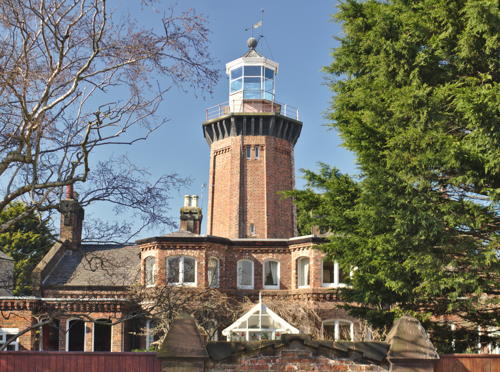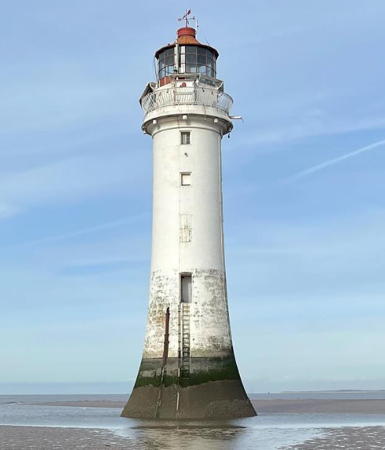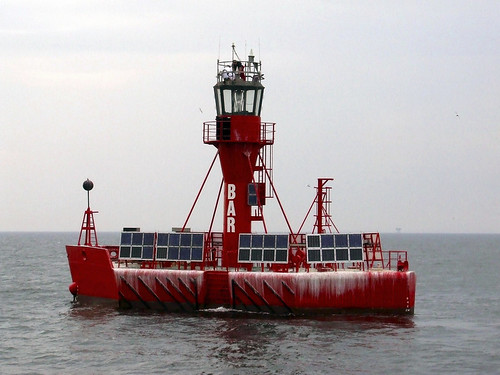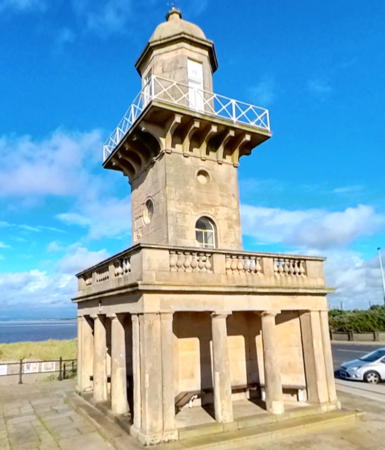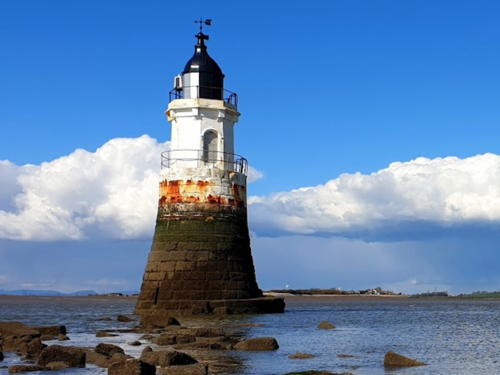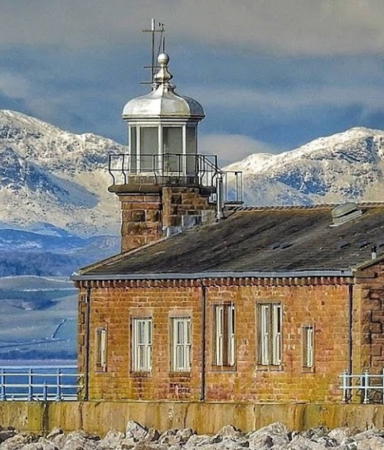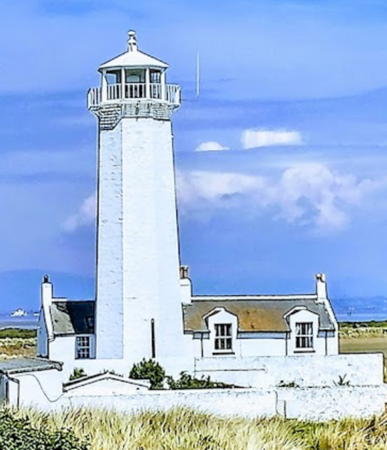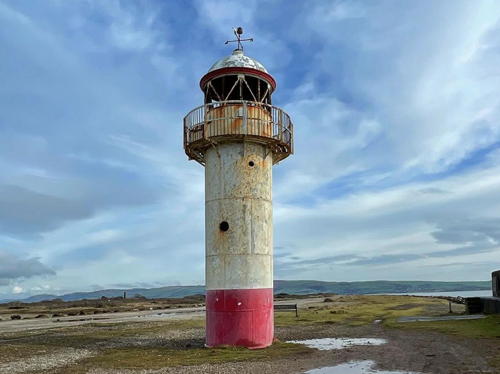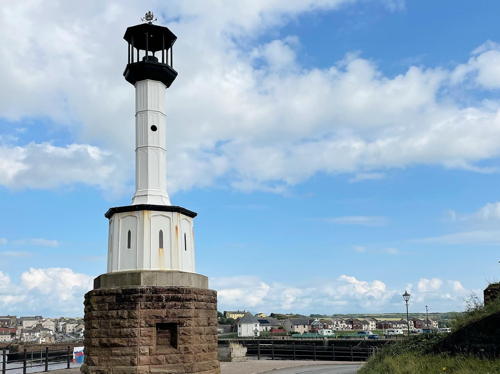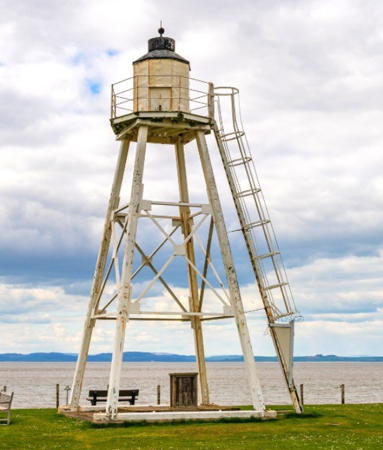The United Kingdom (officially the United Kingdom of Great Britain and Northern Ireland) includes England, Scotland, Wales, and Northern Ireland. England is the largest and most populous of the four, occupying more than 62% of the island of Great Britain and with a population of more than 56 million. Separated from the European mainland by the North Sea on the east and the English Channel on the south, it also has coasts facing the Celtic Sea on the southwest and the Irish Sea on the northwest.
Historically England was divided into 39 counties. The Directory pages are organized by the modern division of England into 48 "ceremonial" counties, also called lieutenancy areas because each one has a Lord Lieutenant representing the monarch in that area. For local government the ceremonial counties are subdivided in various ways into council areas.
This page includes lighthouses of England's northwestern coast, facing the Irish Sea in the counties of Merseyside (the Liverpool area), Cheshire, Lancashire, and Cumbria. Trinity House, the traditional English lighthouse agency, operates only one lighthouse on this coast; all the other lighthouses are operated by harbor authorities or have passed into private ownership. Several of the lighthouses are famous but many are not well known at all.
History has not been kind to lighthouses in this area; at least eight major nineteenth century lighthouses in the Liverpool area have been lost. Fortunately, interest in lighthouses has increased in recent years and preservation efforts are underway at several sites.
ARLHS numbers are from the ARLHS World List of Lights. Admiralty numbers are from Volume A of the Admiralty List of Lights & Fog Signals. U.S. NGA numbers are from Publication 114.
- General Sources
- Online List of Lights - England - West Coast - Southern Section and Northern Section
- Photos by various photographers posted by Alexander Trabas.
- Photographers Resource - Lighthouses
- A comprehensive guide to British lighthouses, with multiple photos and historical notes for many of the light stations.
- Lighthouses of North West England
- Photos and information from the Lighthouse Accomodations website.
- Lighthouses Photos from Northwest England
- Photos of Solway Firth lighthouses contributed by Ian Wright.
- Trinity House
- Chartered by Henry VIII in 1514, Trinity House has built and operated lighthouses in Britain for nearly 500 years.
- Lighthouses in England
- Photos available from Wikimedia; many of these photos were first posted on Geograph.org.uk.
- United Kingdom Lighthouses
- Aerial photos posted by Marinas.com.
- Britische Leuchttürme auf historischen Postkarten
- Historic postcard images posted by Klaus Huelse.
- Association of Lighthouse Keepers
- Founded by serving and retired keepers, this lighthouse association is open to everyone.
- GPSNauticalCharts
- Navigational chart for northwest England.
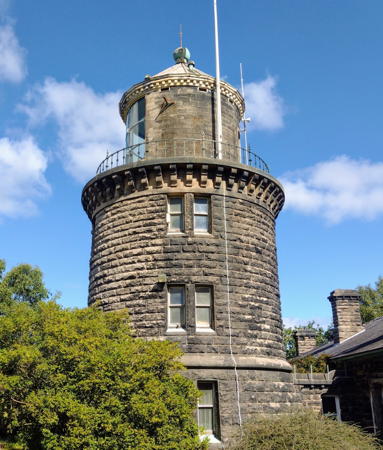
Bidston Hill Light, Wirral, September 2022
Instagram photo by Andrew Broddle
